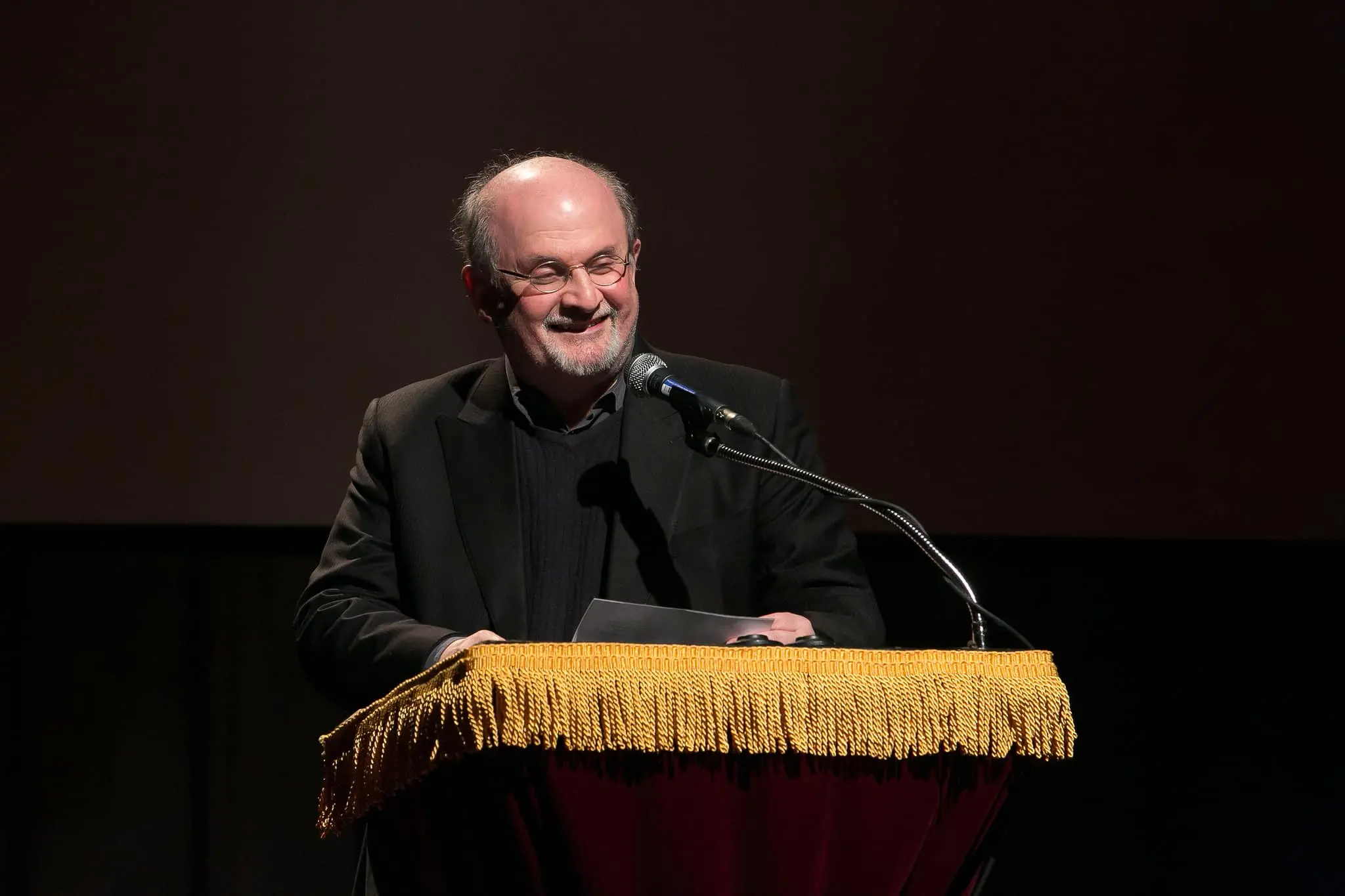*This roundtable is a part of PEN’s new and ongoing initiative, The PEN Equity Project
GO DIRECTLY TO THE ROUNDTABLE DISCUSSION
INTRODUCTION
I grew up in Louisiana during the height of the civil rights movement, in a small rural town named Mansfield. It had a population of less than 5,000. Mansfield had a long history of racial discrimination and disenfranchisement enforced by Jim Crow laws and violence. I went to all-Black schools throughout my elementary and high school years. (The civil rights movement didn’t really start to have an impact in Mansfield until the 1970s).
Because racial segregation and discrimination meant that African Americans had very little power or decision-making authority over institutions such as public schools, the vast majority of the textbooks and trade books in our small school library were chosen by Whites. Many books were out-of-date cast-offs from the all-White schools. So, in the books we read, we were forced to see ourselves through the eyes of many who saw us as inferior, or worse, as someone who didn’t exist at all. African Americans were either left out of books or were rendered as caricatures—feebleminded, dependent burdens whose ancestors had contributed virtually nothing to civilization. Other images that bombarded us from television screens and from segregated movie theaters told the same story.
I remember how angry I was during my first year of college at Southern University, a historically Black institution (HBCU), when I was first exposed to Black writers such as Richard Wright, Gwendolyn Brooks, Ralph Ellison, and Langston Hughes. I should have known about these important cultural carriers and witnesses. If as a young lad I could have read Wright’s Black Boy, with which I identified profoundly, perhaps I would have found more meaning in what I was feeling growing up in that segregated town. Black Boy spoke to me in piercing ways, as did the other books I devoured that were written by Black authors. Those works of literature announced in a deafening, clarion call that I AM!
My wife’s and my experiences growing up in the South were fairly similar. So Cheryl [Willis Hudson] and I both recognize how vital it is for children to see characters who look like them in the books they have access to. How inspiring it can be to read stories about people of African descent and their important contributions to the world—or to just be able to enjoy the everyday experiences of characters with whom they can readily identify.
The cultures and experiences of people of color offer a barely tapped body of literary water from which all children can drink and be nourished.
Cheryl and I launched Just Us Books in 1988 because we knew there was a tremendous need for these books, and for books in general that reflected our nation’s and world’s diversity.
There are more multicultural books being published in 2016, but they only scratch the surface of what is needed. The cultures and experiences of people of color offer a barely tapped body of literary water from which all children can drink and be nourished.
“The truth is, children’s book publishing faces the same challenges that society faces when it comes to ethnic, racial and gender fairness, equity and justice. But, just as in society, we all must play a role if we are to make change that is transformative.”
That is a quote from an article I wrote titled “Ten Steps to Promote Diversity in Children’s Literature.” It was recently posted online by the African American Literature Book Club. I encourage those who are really interested in helping to increase diversity to read it.
The lack of diversity in children’s literature is a complex issue. More multicultural books need to be published. More book creators of color must be given opportunities to be included in the industry. As in the motion picture industry, there needs to be more diversity in the rooms where decisions that determine what is green-lighted are made. People of color need to be in the “rooms” of publishing houses. Equally important is that while we continue to push vigorously for more inclusion and equity, the multicultural books that are being published need to be promoted, marketed and, ultimately, purchased. We all can share in those efforts.
